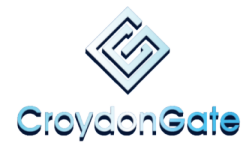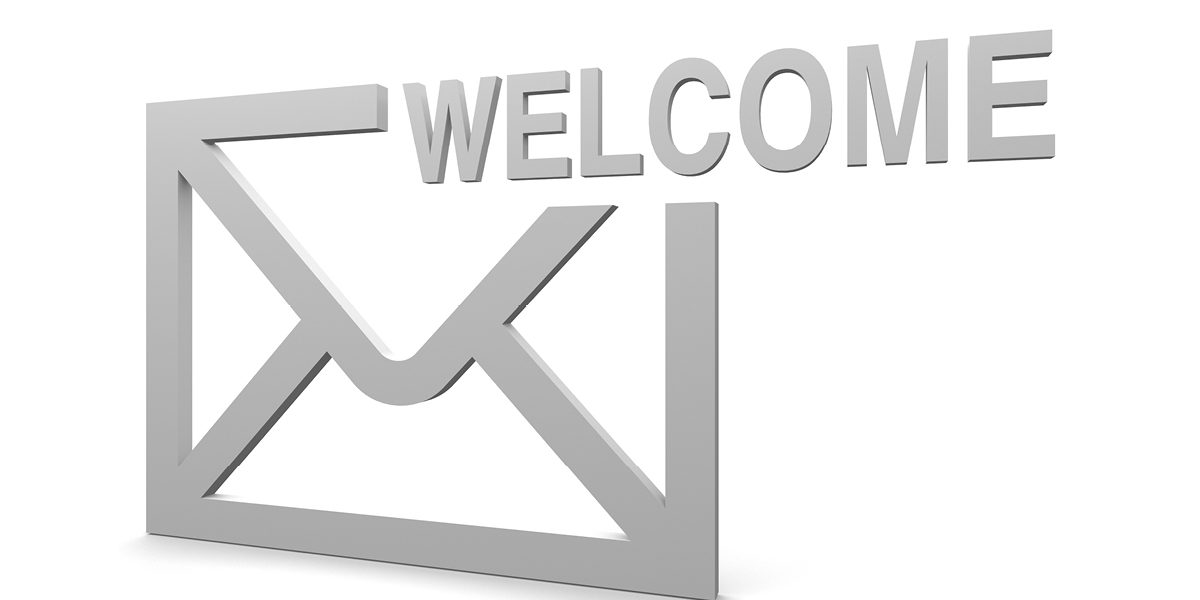11 Crucial Elements Every Welcome Email Should Include
Welcome emails are critical in the early stages of any business-consumer relationship. However, many businesses fail to take advantage of this powerful marketing opportunity. Ultimately, this is because they fail to address all three of the primary objectives of any successful welcome email:
- To engage new subscribers.
- To reaffirm the value of the business.
- To encourage readers to take further action.
To improve your email marketing results going forward, here are 11 elements you should aim to include in any welcome email you deliver.
A Concise Subject Line
Many businesses still mess up their subject line by making it too long-winded. To make your subject line stand out in any inbox, keep it short and simple. Use the word “Welcome” right up front. For example, “Welcome to [company name], [subscriber name]! Here’s how to get started.” Keeping it brief comes across as more professional and also builds curiosity.
A Personal Greeting
As shown in the previous point, it’s also a good idea to personalize the subject line. If subscribers gave you their name in the sign-up form, use it. When people see their own name in an email subject line, it instantly grabs their attention. According to Experian, emails with personalized subject lines are 26 percent more likely to be opened (1).
A Thank You Message
Thanking new subscribers for signing up is an important detail that some businesses overlook. A welcome email is one of the first steps in building a relationship with potential customers, so why not start off on the right foot? Thank subscribers at the beginning of your email and then again at the end.
A Reward
If you promised subscribers a reward for signing up, you must clearly show them how to get their reward. It might be a discount on a product or an offer of free shipping. If you forget to do this, you’re going to lose all trust from the outset and most people will unsubscribe. If you didn’t offer a reward, this is still the perfect opportunity to reward new subscribers. According to studies, emails with promotional codes achieve a 48 percent increase in revenue per email sent (2).
Your Unique Value Proposition (UVP)
Subscribers have already shown an interest in your products or services, but it’s still a good idea to reiterate the value of your business. It might take a few days for subscribers to open your email, so it’s worth re-emphasizing your UVP. Briefly answer these four questions:
- What do you offer customers?
- Who is your target audience?
- How do customers benefit from your business?
- Why are you better than the competition?
It reassures subscribers that they made the right choice, and it reminds them of the benefits of doing business with you.
Links to Useful Resources
You should already have content that addresses common customer questions, such as an FAQ page, a tutorial video, a beginner’s guide, or helpful blog posts. Insert links to all this useful information in your welcome email. It means people can quickly find answers to any specific question they have. Alternatively, embed an explanatory video in your welcome email.
Contact Information
Some subscribers will have specific questions that aren’t answered in the resources you provide. While a link to your contact page is useful, this extra step can deter some people from taking further action. For these people, include your phone number and email address at the bottom of the email, next to your business address. Incidentally, most countries’ email marketing laws stipulate that you should clearly show a valid business address in emails.
Social Media Links
Your welcome email is the ideal time to ask subscribers to follow you on social media. Many people – especially younger consumers – prefer to communicate with businesses via social media. To encourage social media engagement, include follow buttons to all of your main social media accounts, and make sure you regularly monitor these accounts for customer questions.
A Call to Action (CTA)
Every welcome email should include at least one CTA to drive engagement with your business. It depends on your unique marketing goals, but a CTA could encourage subscribers to:
- Make a purchase.
- Download content.
- Read a help guide.
- Log into their account.
- Read a specific blog post.
- Provide you with feedback.
- Visit your website for more information.
- Visit a landing page for a related product or service.
Whatever your goals, make it easy for subscribers to complete certain tasks by including a clear CTA button near the end of your email.
A Personal Signature
If possible, end the email with a personal signature from a member of your team or company director. Showing a signature from an actual human increases trust and helps to build the relationship between the business and the customer.
An Unsubscribe Link
Finally, make sure you include a clear unsubscribe link. While you don’t want people to unsubscribe, you’re legally required to give subscribers a method for opting out of receiving future emails. Fortunately, most email service providers automatically include an unsubscribe link within every email. To minimize the number of unsubscriptions, include a link that gives users the option to change the frequency of your emails.
Wrapping Up
Welcome emails are the first step in building strong relationships with customers, so it’s worth taking the time to get them right. While there’s no such thing as a “perfect” welcome email, you should try to include most – if not all – of the elements outlined here.
However, every business is different, so don’t be afraid to test alternative versions and track the results. By analyzing engagement metrics, you’ll be able to construct more compelling welcome emails that help you achieve more of your marketing goals.







